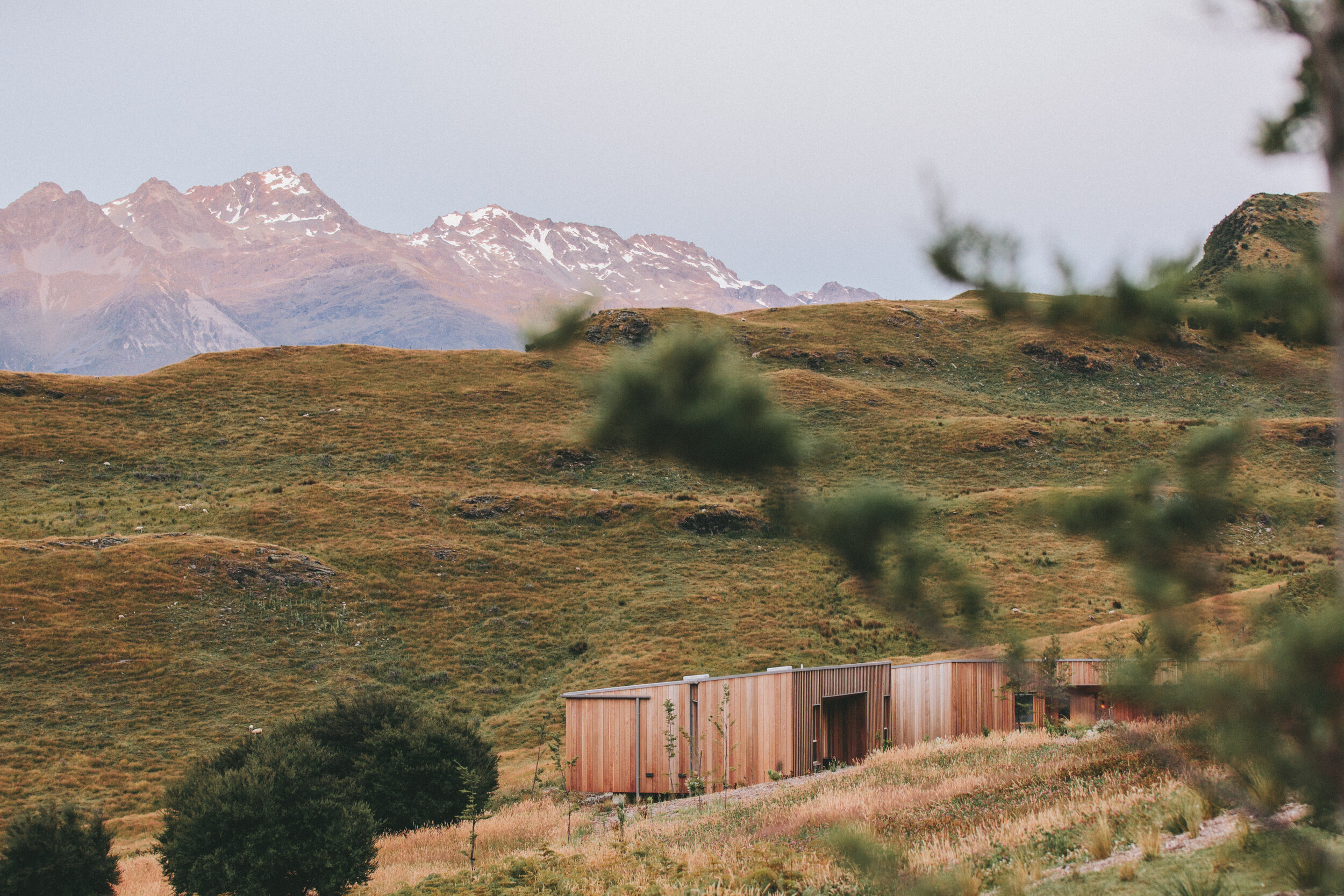
Starting training
Training your puppy to work in harness
Training Alaskan Malamutes can be a challenge and that is why it is extremely important to start training your puppy from the moment it enters your home. It is essential to set ground rules early and ensure that the puppy knows that you are in charge. Positive reinforcement, praise and affection are the best methods for motivating your puppy to learn. It is important that your puppy attend obedience classes where they and YOU will have the opportunity to learn how to be a good handler along side a well trained malamute
Alaskan Malamutes are a working breed and need lots of stimulation, exercise and interaction to be happy and one of the best methods of doing this is to work your dog in harness and train your dog to pull a rig
You can introduce your puppy to a harness (with no weight) from a very early age and when out walking teach the basic commands needed for when you are out on the trail. I found the best method of doing this is to walk round the block and give the gee command every time I turn right and haw command when I turn left pulling slightly on the lead in the direction that I am turning. This way you are not going out of your way to teach basic commands needed for your puppy to successfully work in harness. Another important command to teach at this stage is on by this simple command is given to the dog when they stop to sniff a bush or say hello to other dogs (not all the time as puppies need to sniff and also need to socialise with other dogs, please use your discretion) however this command is extremely important when out on the trail as it will stop them wanting to pee up every bush or saying hello to bystanders
It is important for your puppy to learn that when they are wearing their harness that they must stay focused and that it is not a time for play, however it is essential that you make these training session enjoyable and that you do not push your puppy. You can as your puppy grows (7 months) introduce weight; however the emphasis is not on weight, just on having fun dragging a very light weight behind them (small log or tire). It is important at this stage to appreciate that puppy bones can be injured along with spirit by doing too much to early
Once the puppy is in harness and the weight is behind them take them by the lead and encourage them to walk forward, some puppies may do this without questions while other may refuse and drop to the floor. You must at this stage get your puppy up and encourage him to walk just a couple of feet giving praise at all times. Continue with this method of training until your puppy pulls on command, remembering to give lots of praise and hugs. As your puppy grows you can increase the weight and increase the distance that you travel.
Alaskan Malamutes do not have the instinct to want to run so it is important that you train your puppy (8 months) to run on a Springer this will help build speed and stamina, however you must remember that your puppies bones are still soft and should be treated with respect so never push you puppy and most importantly never lose you temper.
Once your puppy is 8 months old they can run in a recreational class at rallies this is a good way for your puppy to learn the ways of the trail without the pressure of the race, when running in a recreational class you are allowed to have another person ride in front on a bike calling your dog on, this is an excellent way of encouraging your dog to run out in front. Always ensure that you have lots of fellow musher’s calling your dog in over the finish line and ask someone to take a picture, that way you will be able to see the joy on you malamutes face as they come over the finish line…it’s priceless.
When your puppy reaches 12 months they will be able to compete in competitive classes
I thought I would just take a moment to mention the role of the musher as it is important to remember that sledding is not just about riding on the back of a rig with your team running out in front, there will be times that you will have to work and scoot to help your team especially if you are running a single malamute. Please remember that you are in charge if you become tired, hesitant or uncertain then your team will pick up on it and become confused and unresponsive.
Important tips
Always keep the line straight and your puppy out in front
Care should be taken not to run into the back of your puppies/dogs legs.
Do not push your puppy to hard
Give your puppy a small food treat at the end of a training session
Talk to other mushers they have years of experience and lots of stories to tell.
Attend as many rallies as you can
Attend fun weekend and teach-ins (The AMWA fun weekend is an excellent place to meet other malamute enthusiasts and experts in the breed for more information please see the events page ) If in doubt ASK!!
The main thing to consider is that there are many ways to train for success and you have to carry out your own research and try different ideas. Speak to experienced mushers and read all you can,then take what works for you. Every musher and every dog are different and respond to different things.
This is just to wet your appetite!’
See you on the trail . . . . .
Lorna Bartlett

